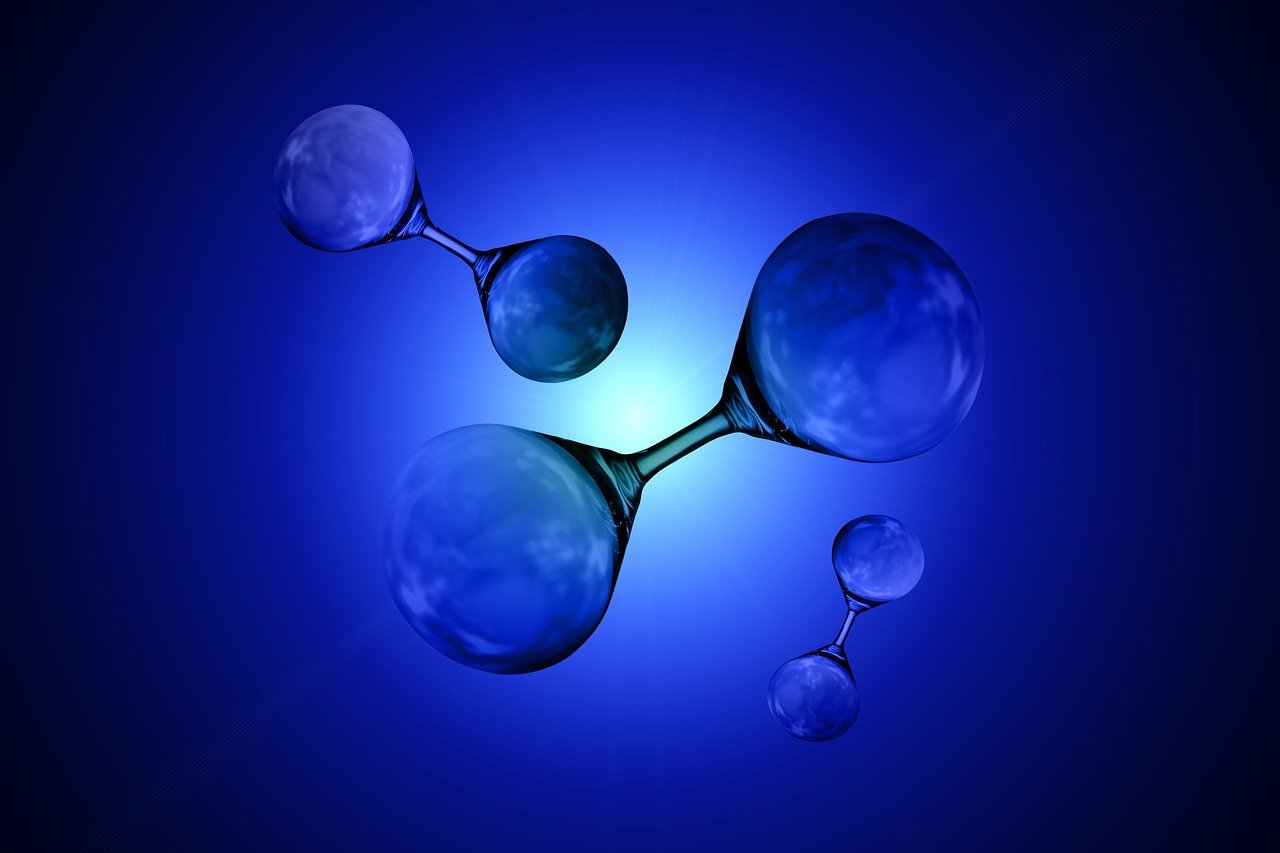Brisbane, 13 September 2024
Australia and Germany have signed an important agreement today deepening their cooperation and jointly supporting new supply chains for renewable hydrogen and its derivatives. To this end, a H2Global financing window of €400 million (AU$ 660 million) will be established to match European demand and Australian production of renewable hydrogen in bilateral auctions.
In the joint declaration of intent to negotiate a bilateral H2Global auction window, both governments agreed to share the costs equally.
Both countries have also agreed to upgrade their existing Energy Partnership to an Energy and Climate Partnership to advance joint work on climate action, energy efficiency and energy security, and to expand cooperation on trade in renewable hydrogen. Two letters of intent were signed today in Brisbane by Australia’s Minister for Climate and Energy, Chris Bowen, and State Secretary Anja Hajduk.
The joint H2Global window will give Australian manufacturers the opportunity to export to some of the world’s largest renewable hydrogen markets, including Germany, build new green supply chains to Europe, and support a future “Made in Australia”.
Purchasing auctions for green hydrogen products are an important step in transforming Germany as an industrial location, achieving our climate goals, and securing sustainable jobs in Germany.
Robert Habeck, Federal Minister for Economic Affairs and Climate Action declared:
“Germany and Australia are pioneers on the path to a sustainable industry and society. The energy transition as a key pillar of climate protection and international cooperation enable us to find fast, safe and affordable solutions to the challenge of climate change. Today’s signing of the Energy and Climate Partnership and the agreement on bilateral H2Global auctions are a significant step forward in our joint commitment to address these challenges of our time. This partnership is not just a declaration, but a path to tangible measures that will strengthen our economies and support the global transition to net zero energy consumption. We are convinced that the Energy and Climate Partnership will offer numerous opportunities for fruitful private cooperation. And we are confident that joint hydrogen auctions under H2Global will boost the market and provide much-needed price signals.”
Chris Bowen, Australian Minister for Climate Change and Energy, said:
“Renewable hydrogen is key to Australia’s export prosperity in the 21st century. The world needs it. We can make it. And we can supply it to our partners, or use it in Australia to produce green products, chemicals and fuels for export around the world. Australia has the sun and wind to become a renewable energy superpower and a hard-earned reputation as a reliable energy supplier. A strong international hydrogen market supports our shared industrial decarbonisation and promotes energy security in both Australia and Germany. We are fortunate to be able to work so closely with like-minded partners on this historic initiative. These negotiations under the H2Global mechanism and the expanded partnership with Germany will enable us to jointly seize the opportunities of hydrogen and help realise Australia’s potential as a renewable energy superpower.”
The H2Global program works by buying green hydrogen products at the lowest possible price on the world market and selling them to the highest bidder in Germany or the EU. The costs of the difference between the (expected higher) purchase price and the (lower) sales price are offset by the subsidies provided under H2Global.
The German government expects hydrogen demand in Germany to be between 95 and 130 TWh per year by 2030 to support decarbonization in industry. Even after that, demand will continue to rise, with more than half of it expected to have to be imported. The aim of the subsidy measure is to create the necessary price signals for sustainable hydrogen products, thereby supporting the market ramp-up and ultimately bringing supply and demand together, both in terms of volumes and prices. At the same time, investments should be triggered on both sides.
For more information about the H2Global program, visit h2-global.org.
(e-translated and edited from the German version)
Source – BMWK

